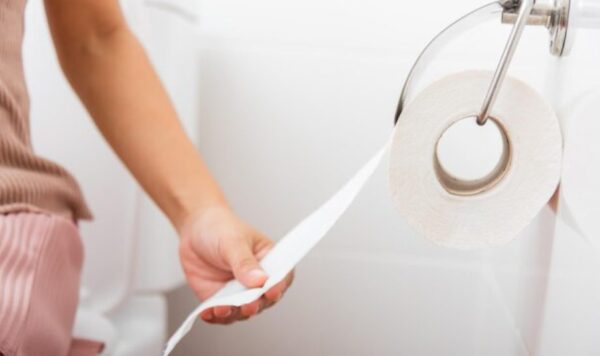Lifestyle
7 frequently asked questions about the v*gina answered

The vagina remains a topic many shy away from discussing openly.
This vital part of the female reproductive system is so surrounded by myths and misunderstandings.
Yet, many of us hesitate to ask questions about this vital part of our bodies, fearing judgment or lacking reliable sources of information.
Having accurate information to maintain vaginal health and to understand one’s body better.
Here, we answer seven frequently asked questions about the vagina, providing clear and factual answers.
1. How deep Is a vagina?
The depth of the vagina can vary among women and can also change due to certain factors like arousal and age. On average, an unaroused vagina measures approximately 3 to 4 inches in depth. During sexual arousal, the vagina can expand to accommodate penetration, potentially increasing in depth to about 6 to 7 inches. The vagina is quite elastic and can adapt to different situations, including sexual intercourse and childbirth.
2. Do all lady parts look the same?
No, all lady parts, or vulvas, do not look the same. The vulva comprises several parts, including the labia majora and labia minora, the clitoris, and the vaginal opening. Variations in size, colour, and shape of these parts are normal and can differ greatly from one person to another.
3. Why is the skin down there darker than the rest of me?
The skin of the vulva being darker than the rest of the body is perfectly normal and common. This colouration difference can be attributed to hormonal changes and the thickening of the skin in that area, which can occur during puberty. Additionally, factors like friction from clothing, genetic factors, and skin type can contribute to variations in skin tone.
4. Is pubic hair really necessary?
Pubic hair serves several purposes: it helps to reduce friction during sexual activity and physical exercise, provides a barrier to reduce the likelihood of transmitting bacteria and other pathogens, and helps regulate the temperature of the genital area. Personal grooming preferences vary, but pubic hair does play a role in bodily functions and overall health.
5. Does the clitoris get bigger?
The clitoris can change in size and sensitivity due to various factors, including sexual arousal and hormonal changes. During sexual arousal, increased blood flow to the clitoris causes it to become erect and swell, making it more sensitive. Also, hormonal fluctuations throughout a woman’s life, such as during puberty or menopause, can affect the size and sensitivity of the clitoris.
6. Does the vagina become loose due to too much sex?
The notion that the vagina becomes permanently stretched or “loose” from too much sex is a myth. The vagina is highly elastic and designed to return to its usual size after sexual intercourse. Childbirth can cause temporary changes in the elasticity and size of the vagina, but it generally returns to a similar pre-birth state over time. Regular pelvic floor exercises, such as Kegels, can help maintain vaginal elasticity and strength.
7. What’s the healthiest way to keep my vagina clean?
The vagina is self-cleaning, with natural secretions designed to expel bacteria and dead cells, ensuring it stays clean and healthy. The best way to maintain vaginal health is to practice good hygiene by washing the external genitalia (vulva) with warm water and mild, unscented soap if desired. Avoid douching or using scented products inside the vagina, as these can disrupt the natural balance of bacteria and pH levels, leading to infections.
If you have more questions or concerns about your vaginal health, consulting a doctor is always the best course of action.










